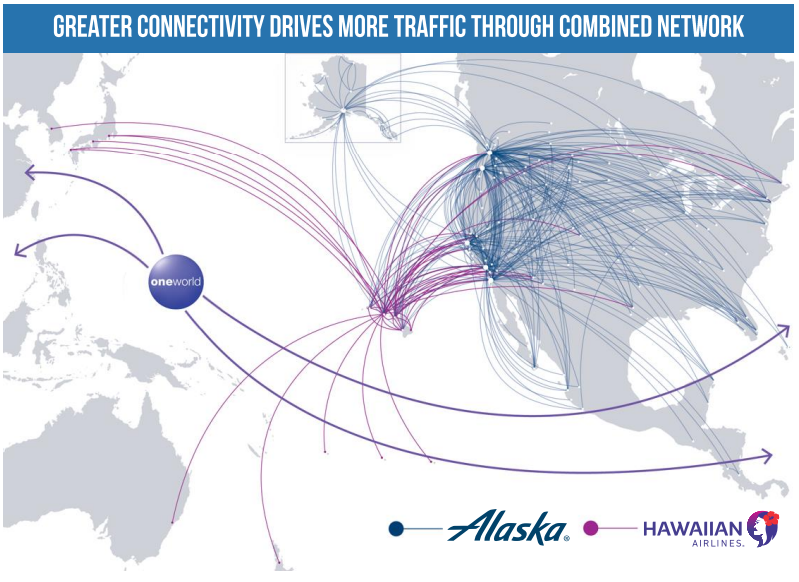By Jamie Feldman
Published February 14, 2024
Alaska Airlines flight attendants are the latest group in the airline industry to authorize a strike, which adds to the growing labor unrest throughout the nation. This development occurs during a particularly tumultuous period for the airline itself.
A significant 99.48% of flight attendants, represented by the Association of Flight Attendants-CWA (AFA-CWA) union, voted on February 13 to strike if management does not agree to make “significant improvements.” Their demands include higher wages, enhanced work rules, and pay for all time worked—whether in the air or on the ground.
The vote coincided with a large-scale protest involving flight attendants from airlines such as United, American, and Southwest. This “Worldwide Day of Action” marked the first time flight attendants from 24 different airlines united in protest across more than 30 airports in the U.S., U.K., and Guam, advocating for fair contracts and better pay. Approximately 100,000 flight attendants are currently negotiating their contracts.
Flight Disruptions and Recent Events
This news comes shortly after a serious incident involving a Boeing Max 9 plane that experienced a door plug detachment during an Alaska flight. This situation led to the grounding of Max 9 planes and resulted in hundreds of flight cancellations for both Alaska and United Airlines, further exacerbating travel disruptions.
A potential flight attendant strike could indeed create significant chaos at airports. With recent events showing that flight attendants at various airlines are closer to taking such action, it becomes paramount for travelers to stay informed.
In fact, American Airlines flight attendants had similarly voted to authorize a strike last year, but their request to be released from negotiations was denied by the National Mediation Board (NMB), sending them back to the negotiation table.
Current Negotiations and Union Statements
The flight attendant contract with Alaska Airlines became amendable in December 2022, and the union filed a request with the NMB in September. With the recent strike authorization, they now have the option to request a release from the NMB, prompting a 30-day “cooling-off” period, which leads to a potential strike deadline.
AFA Alaska President Jeffrey Peterson emphasized the union’s readiness for action. He stated, “We’re out on the picket line demonstrating that we’re prepared to do whatever it takes to secure the contract we deserve. Alaska management has the funds to acquire another airline; they certainly have the funds to invest in flight attendants. Pay us, or expect CHAOS!” The airline Peterson referenced is Hawaiian Air, which Alaska Airlines is making a bid to acquire for $1.9 billion.
Beyond its literal implications, “CHAOS” is also an acronym for “Creating Havoc Around Our System,” a tactical strategy which involves unpredictable strikes, allowing flight attendants to demonstrate their grievances effectively without prior warning to management or passengers. This tactic has a historical precedence, having been used during Alaska’s last strike in 1993.
Concerns at Delta Airlines
In a related situation, various unions representing Delta employees, including flight attendants and ground workers, are working to create a coalition. Recently, a group of 140 House Democrats urged Delta CEO Ed Bastian to remain neutral amidst these negotiations.
In their letter, they pointed out Delta’s reputation for union-busting tactics, which includes threatening employees with the loss of benefits and distributing anti-union materials. Such actions have been viewed as hostile towards workers’ rights, prompting calls for a neutrality agreement.
Stay Informed
Given the current labor unrest, ongoing flight disruptions, and the unpredictability of winter weather challenges, it’s crucial for travelers to stay informed about the latest news. This precaution will help you navigate the situation and avoid potential disruptions to your travel plans.




